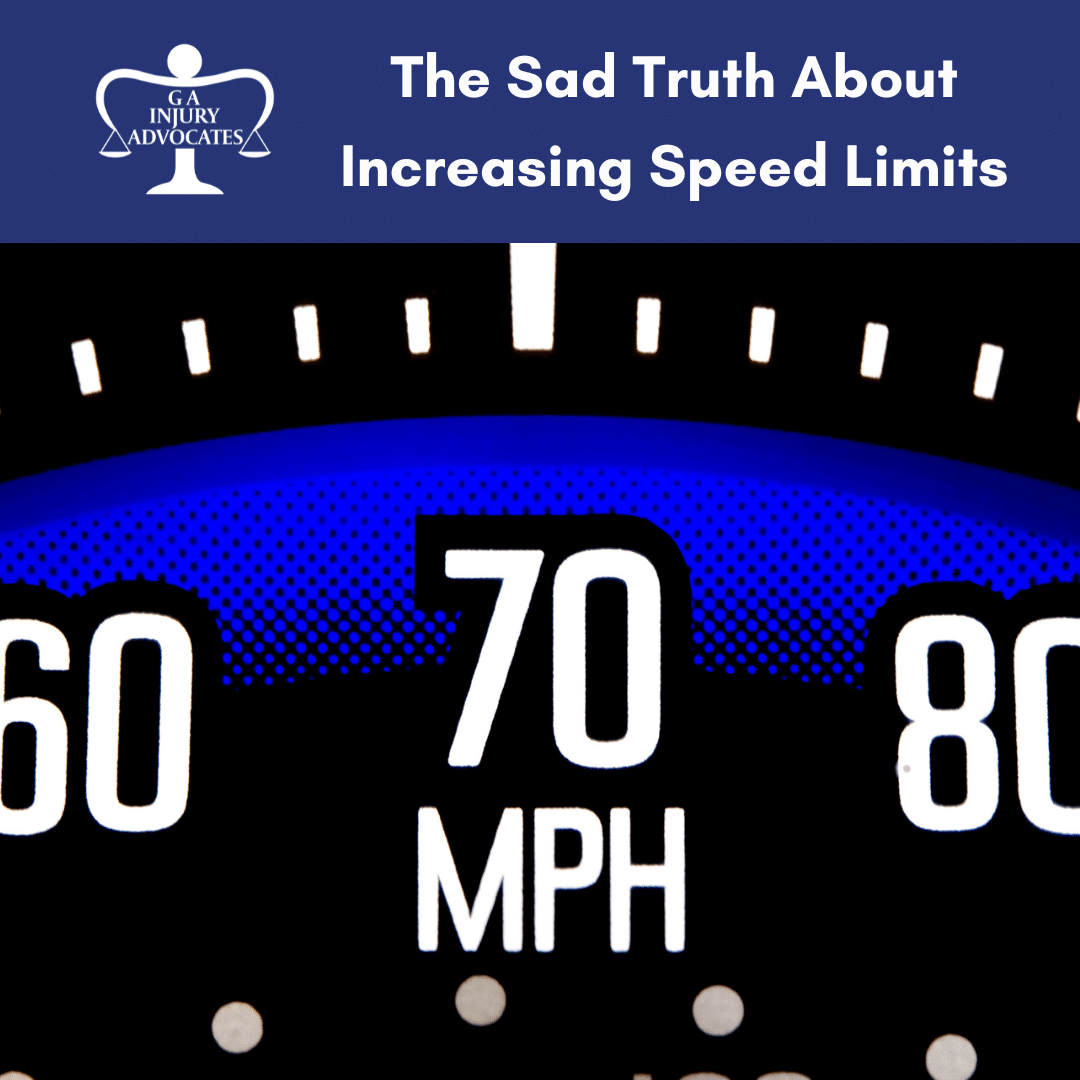The Hidden Dangers of Higher Speed Limits: A Personal Injury Lawyer’s Perspective
Increasing speed limits can have both positive and negative consequences, and the effects can vary depending on several factors, including road conditions, traffic volume, and driver behavior.
While higher speed limits may seem appealing to some, there are indeed some sad truths and potential downsides associated with them,” warns Marietta Injury Attorney Ramiro Rodriguez, Jr.

Let’s list some of the potential downsides associated with increasing speed limits:
Increased Risk of Accidents:
One of the saddest truths about increasing speed limits is that it often leads to an increase in the number and severity of accidents. Higher speeds reduce the margin of error for drivers, making it harder to react to sudden obstacles or changes in traffic conditions. This can result in more collisions, injuries, and fatalities.
Reduced Reaction Time:
At higher speeds, drivers have less time to react to unexpected events on the road, such as a vehicle suddenly stopping or a pedestrian crossing. This reduced reaction time can lead to more accidents and tragic outcomes.
Greater Severity of Crashes:
When accidents do occur at higher speeds, they tend to be more severe. The increased kinetic energy involved in high-speed collisions can result in more catastrophic injuries and fatalities, making accidents even more tragic.
Impaired Road Safety:
Increased speed limits can lead to a false sense of security among drivers, causing them to drive faster than they should for the road conditions. This behavior can contribute to a less safe driving environment overall.
Environmental Impact:
Higher speeds often lead to increased fuel consumption and emissions, contributing to environmental problems such as air pollution and climate change. This is another sad consequence of raising speed limits.
Infrastructure Costs:
Maintaining roadways for higher speed limits can be costly. Roads need to be designed and built to accommodate higher speeds, and ongoing maintenance expenses may increase due to wear and tear.
Inequities in Enforcement:
Enforcing speed limits can become more challenging when limits are raised, leading to potential inequities in law enforcement. Some drivers may exceed the new limits without facing penalties, while others who do the same could be fined.
Reduced Quality of Life:
Noise pollution from high-speed traffic can reduce the quality of life for residents living near highways and major roadways. This can have a negative impact on their physical and mental well-being.
Strain on Emergency Services:
Higher speed limits can result in more severe accidents, placing additional strain on emergency services, including paramedics, police, and firefighters.
Negative Economic Impact:
Increased accidents and fatalities due to higher speed limits can have economic repercussions, including higher insurance costs and lost productivity due to injuries and deaths.
While there may be arguments in favor of raising speed limits in some cases, it’s essential to carefully consider the potential negative consequences and take steps to mitigate them through improved road design, enhanced enforcement, and public education on safe driving practices. Ultimately, striking a balance between speed limits that allow for efficient travel and ensuring road safety is crucial.

